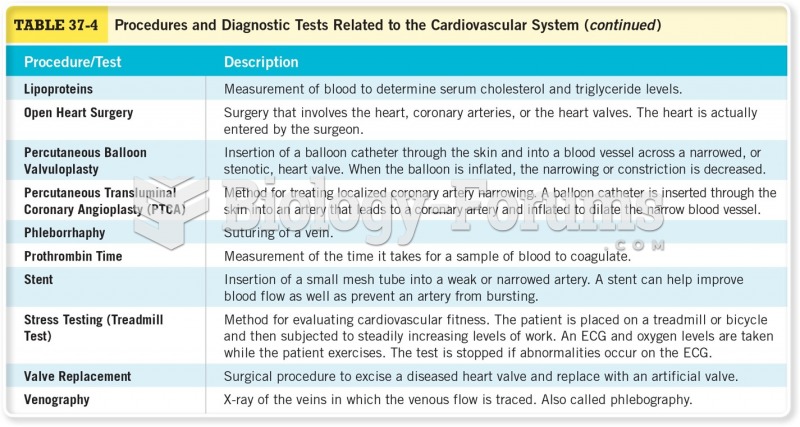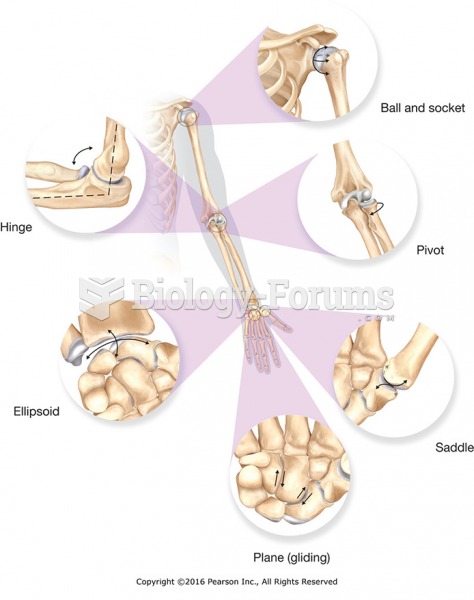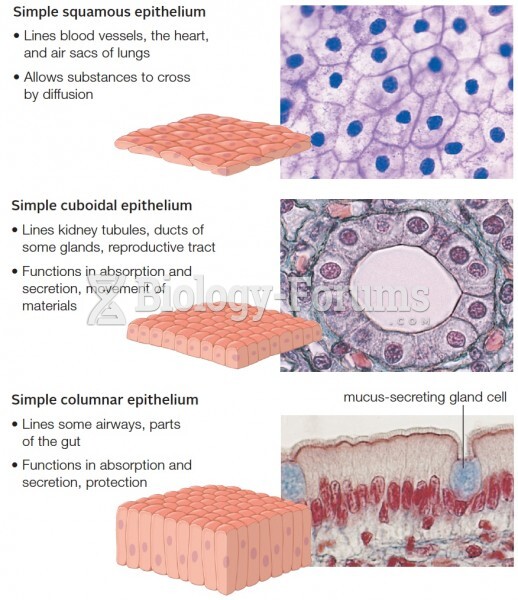Answer to Question 1
Standardized tests have three characteristics that set them apart from all other types of tests. They are administered and scored and the results are interpreted in a standard fashion. Every student who takes a particular standardized test should have exactly the same testing experience. All forms of a particular test are scored with reference to the same criteria. Students' raw scores are all reported with reference to the same standard. The standard for interpreting scores may be the performance of a norm group, as with norm-referenced tests, or it may be an indication of the amount of the tested domain that a student has achieved, as with criterion-referenced tests.
The purpose of standardized tests is to get an accurate and representative sample of some characteristic of a person, such as their level of math aptitude, intelligence, or reading comprehension. A sample of the characteristic is measured because it would be too costly, time consuming, and cumbersome to measure every aspect of any single quality. Educators may want to know whether a student has the potential to develop advanced capabilities in some particular area of study. A standardized aptitude test may be given to a student to determine their potential to achieve, given proper instruction. Standardized achievement tests may be given to students to find out how well they have learned a particular body of knowledge or skill.
The results of standardized tests may be used in a variety of ways by educators to decrease the differences in students' academic performances. Standardized test results may be used to identify particular strengths and weaknesses that students' possess. Once these strengths and weaknesses are identified, teachers may plan instruction to fill gaps in the curriculum or to provide remediation. Furthermore, these types of test scores provide part of the evidence necessary to select students for special programs, such as special education classes or gifted programs.
Answer to Question 2
A







